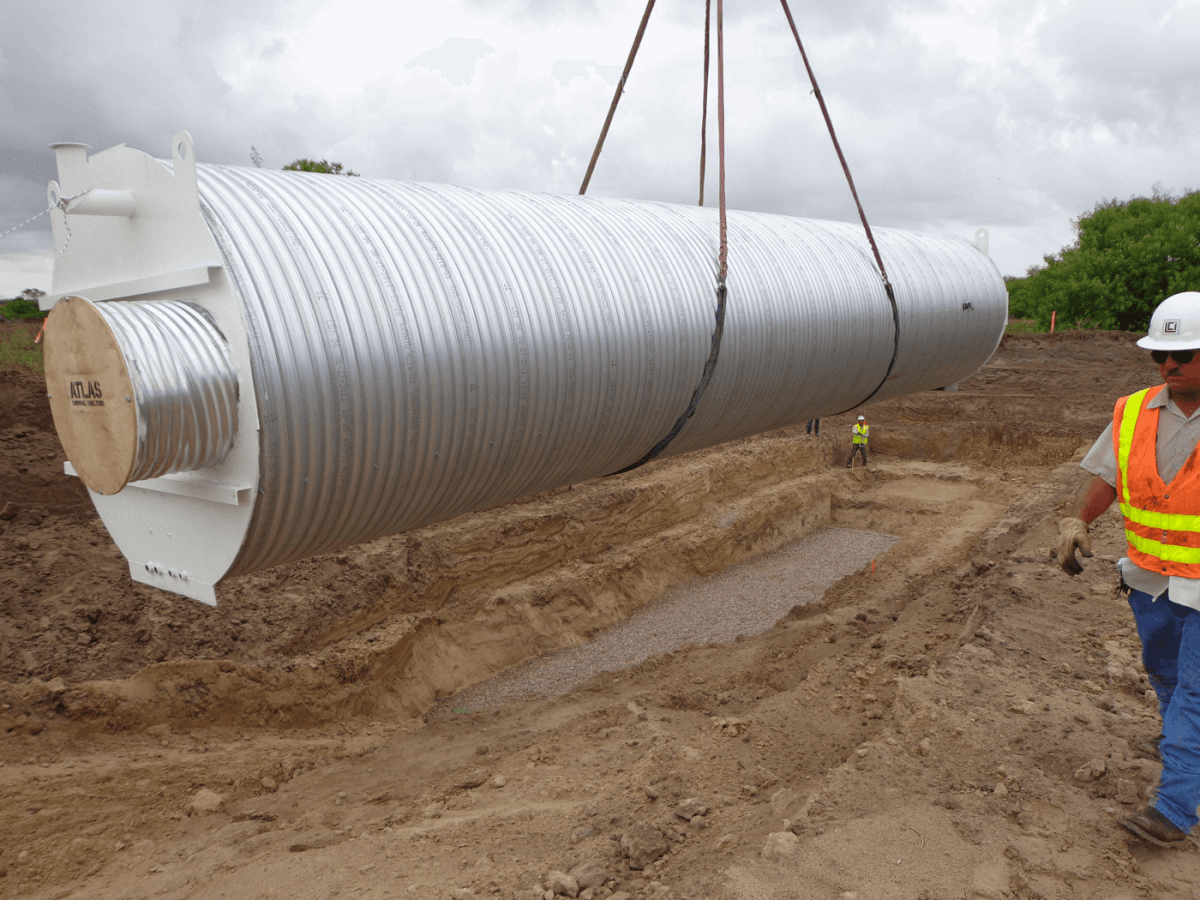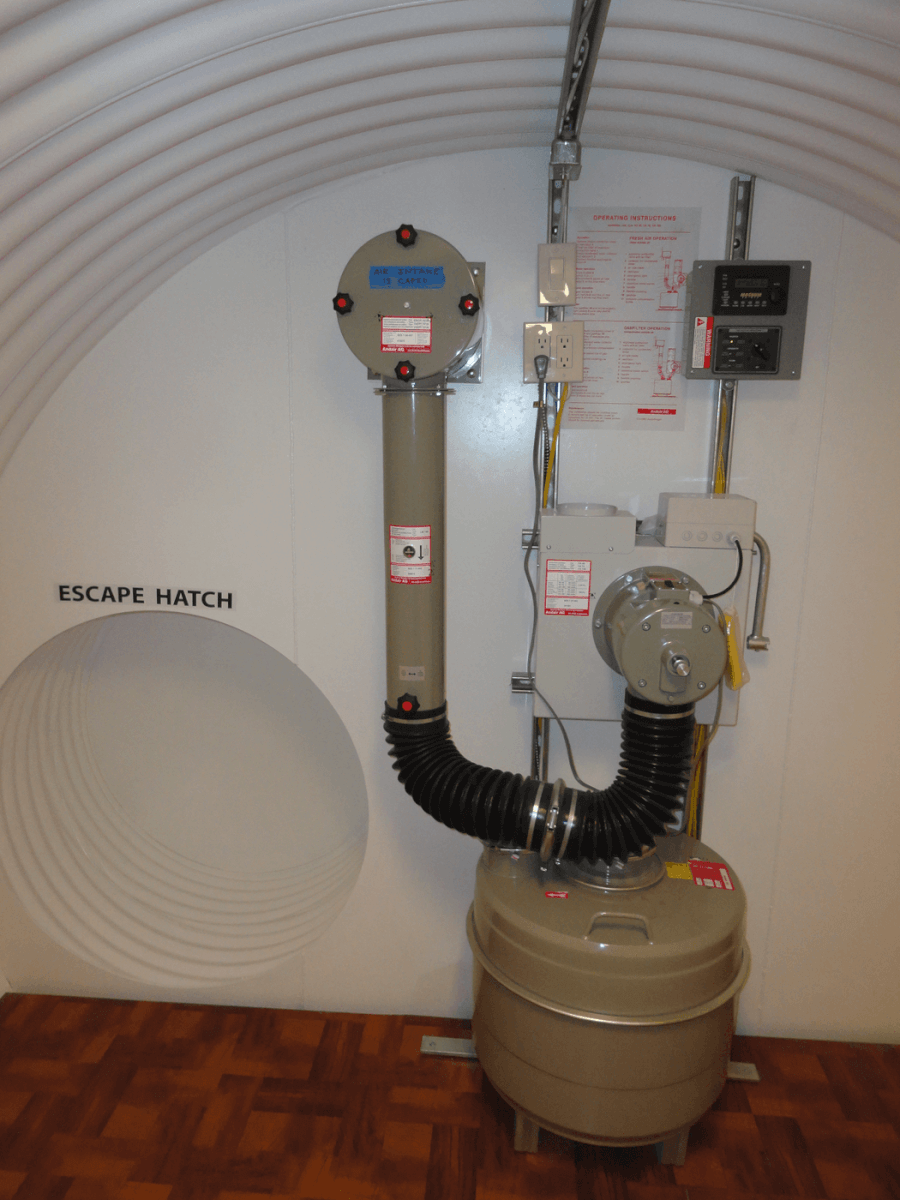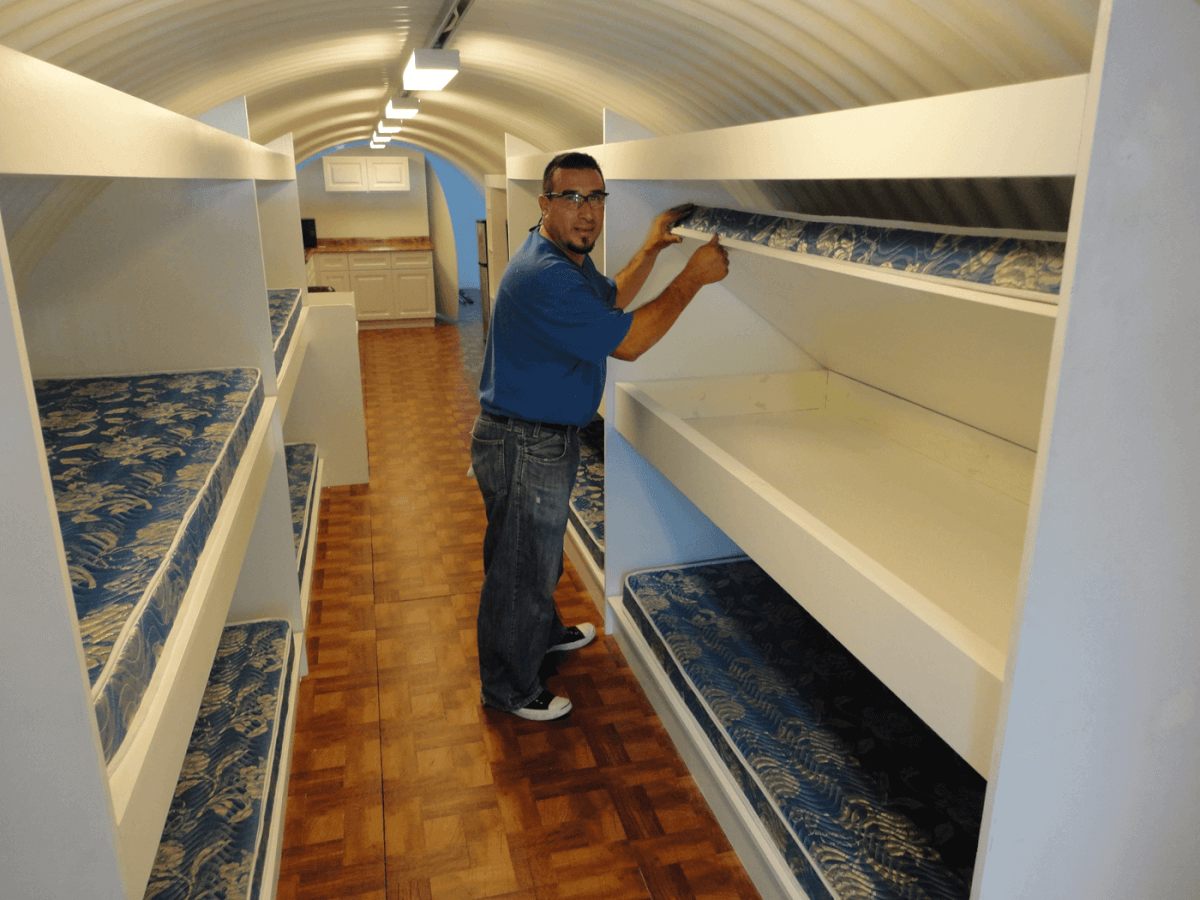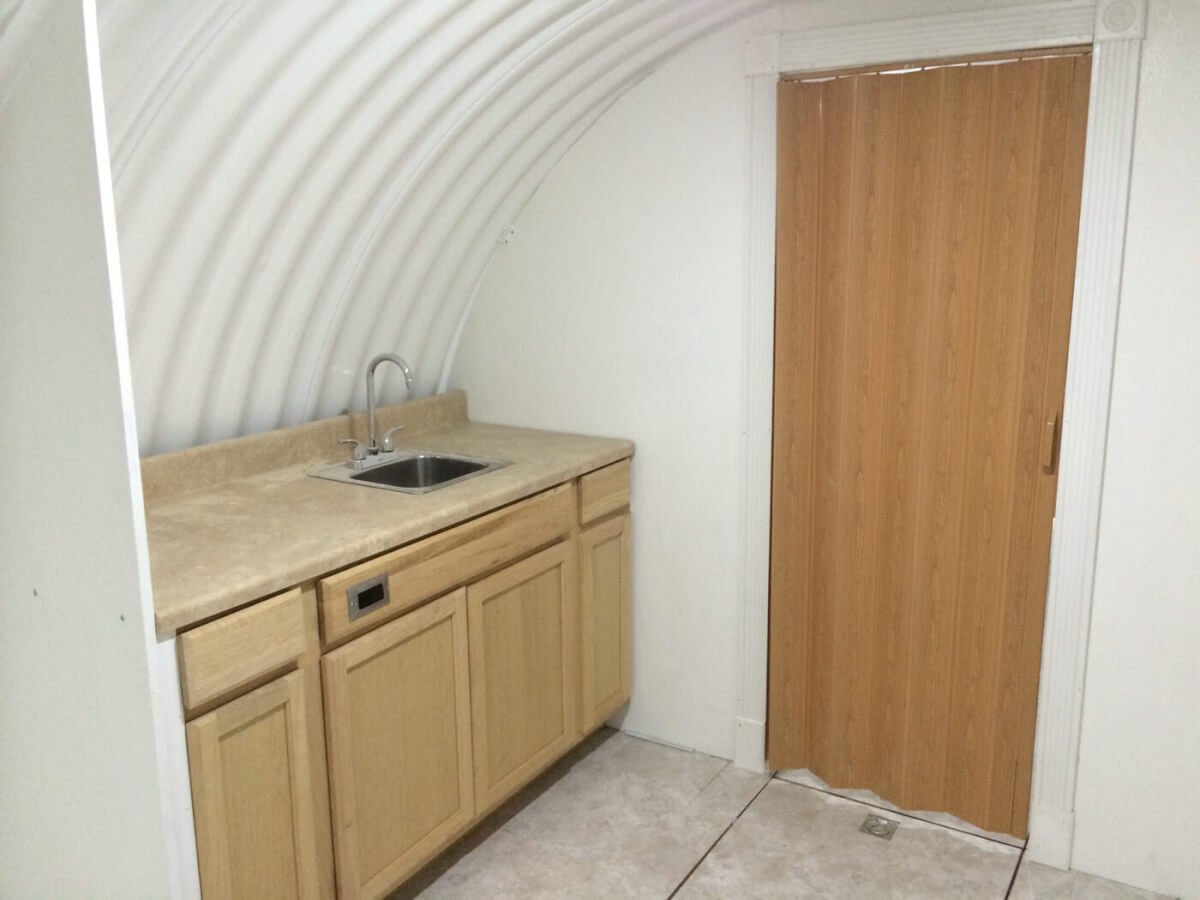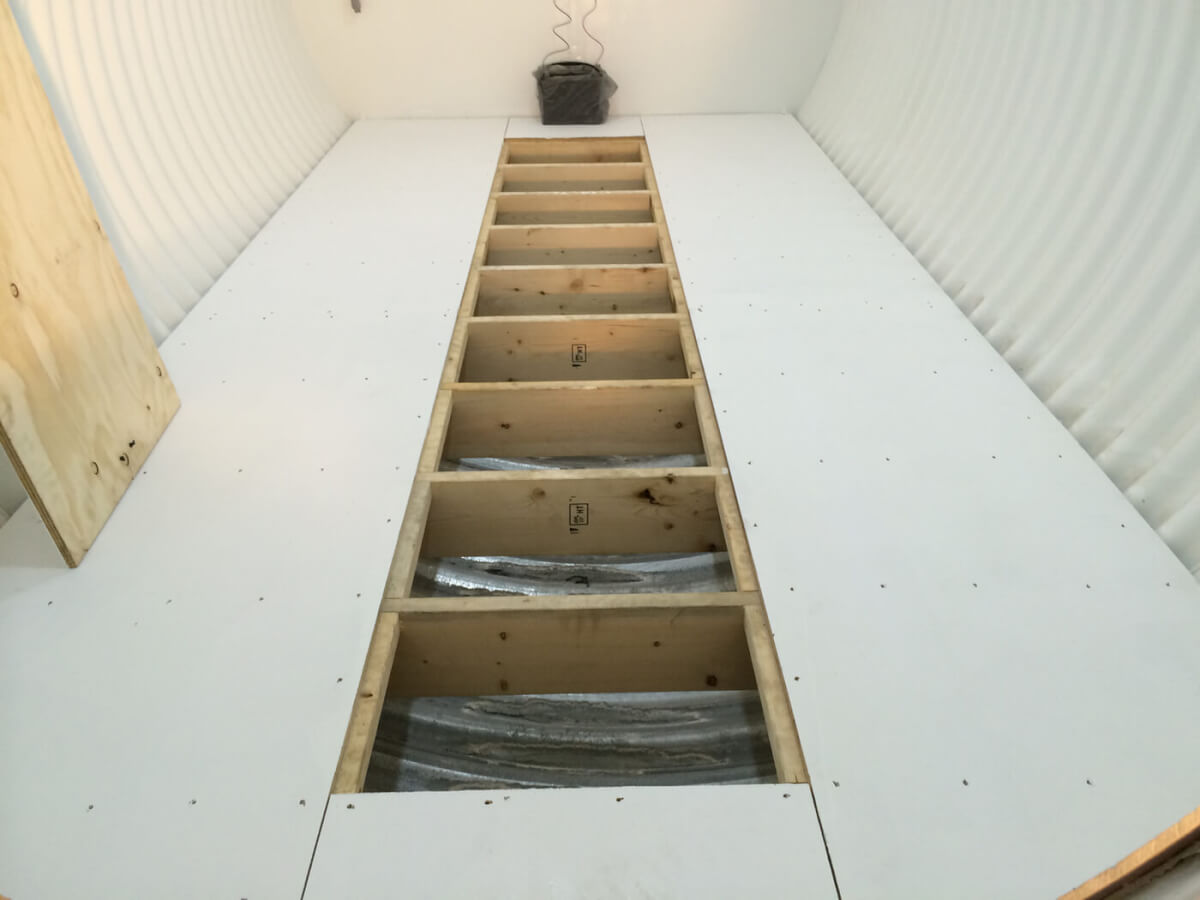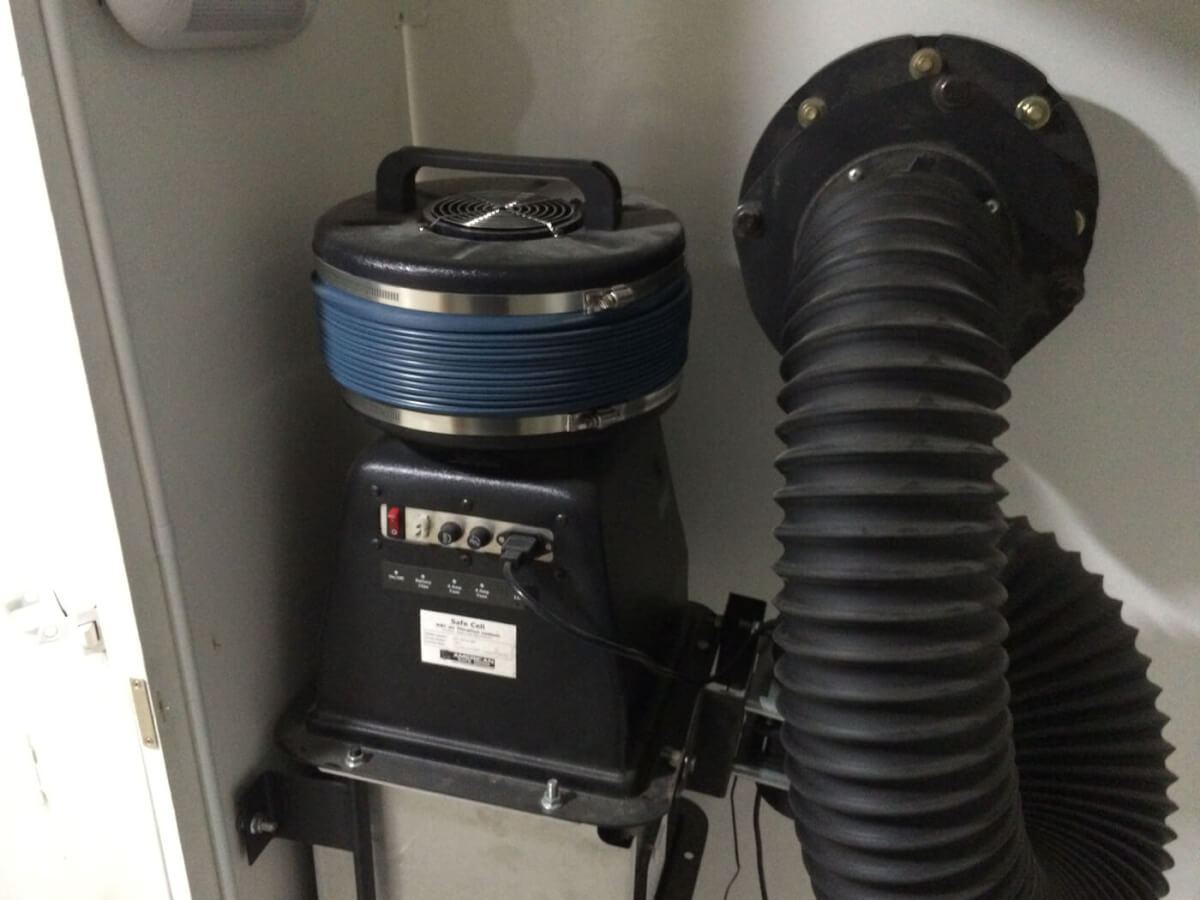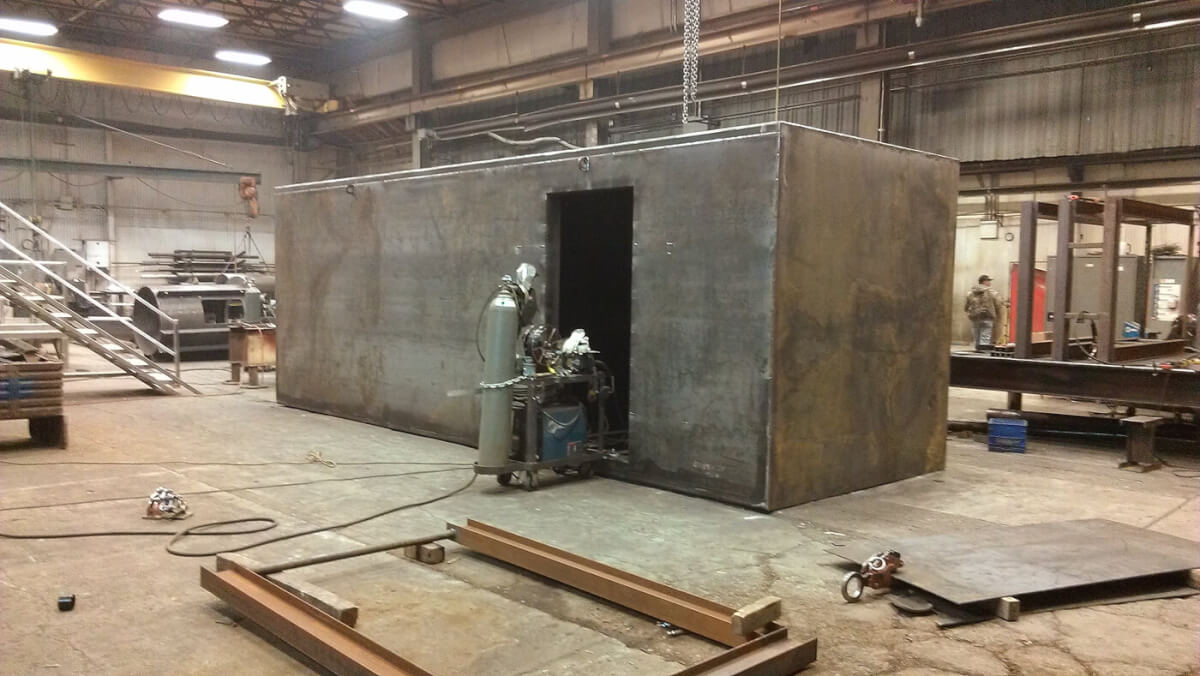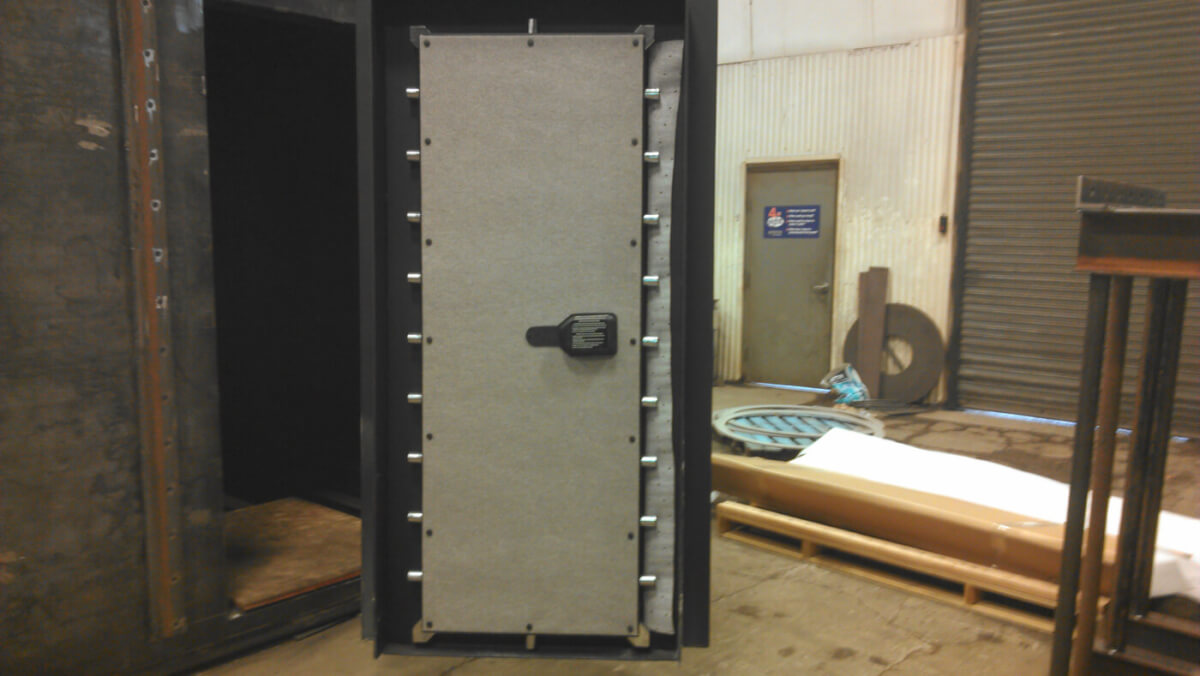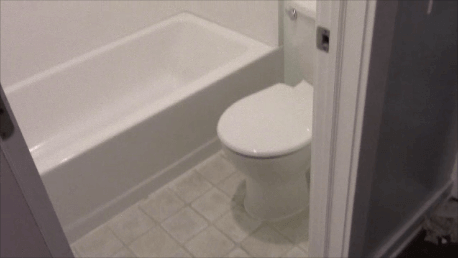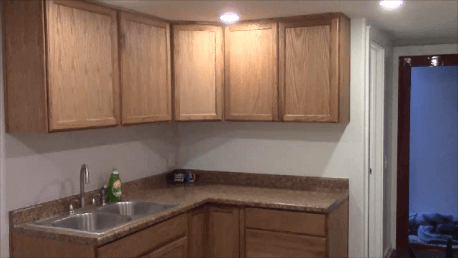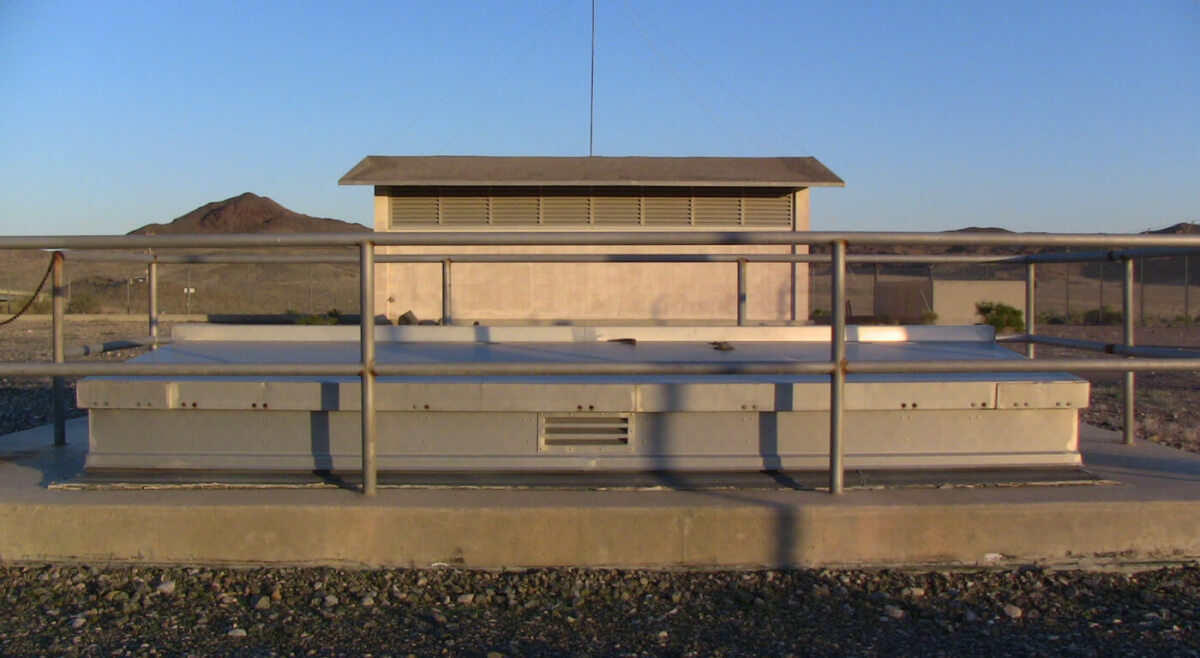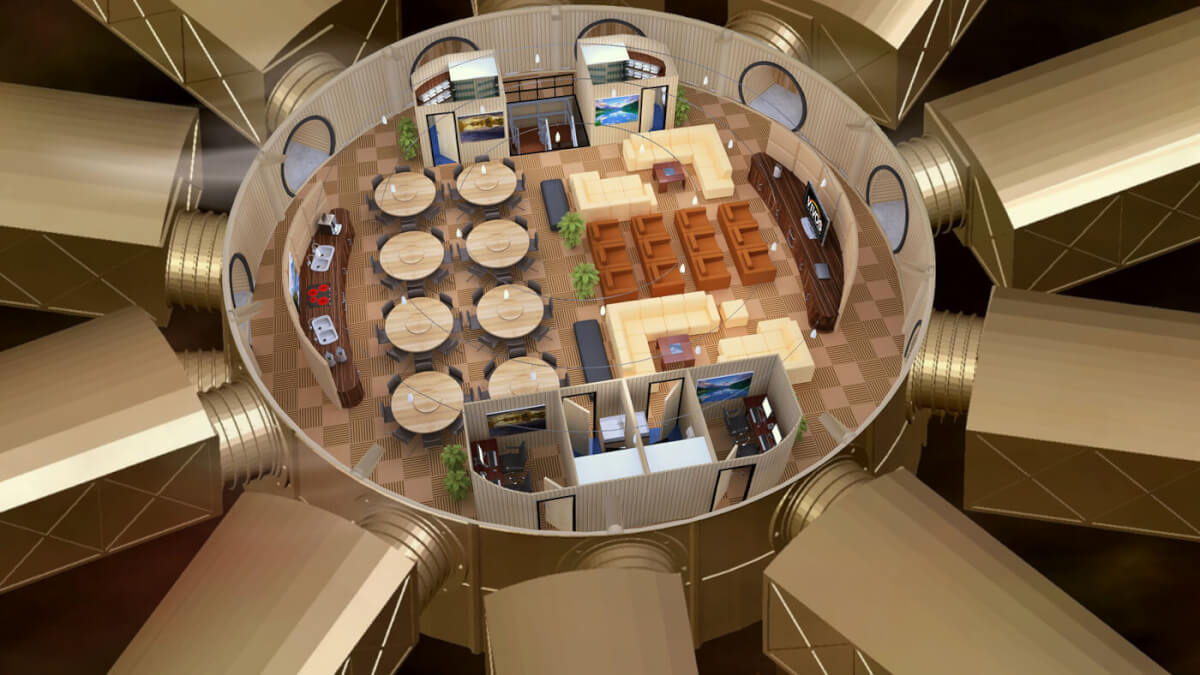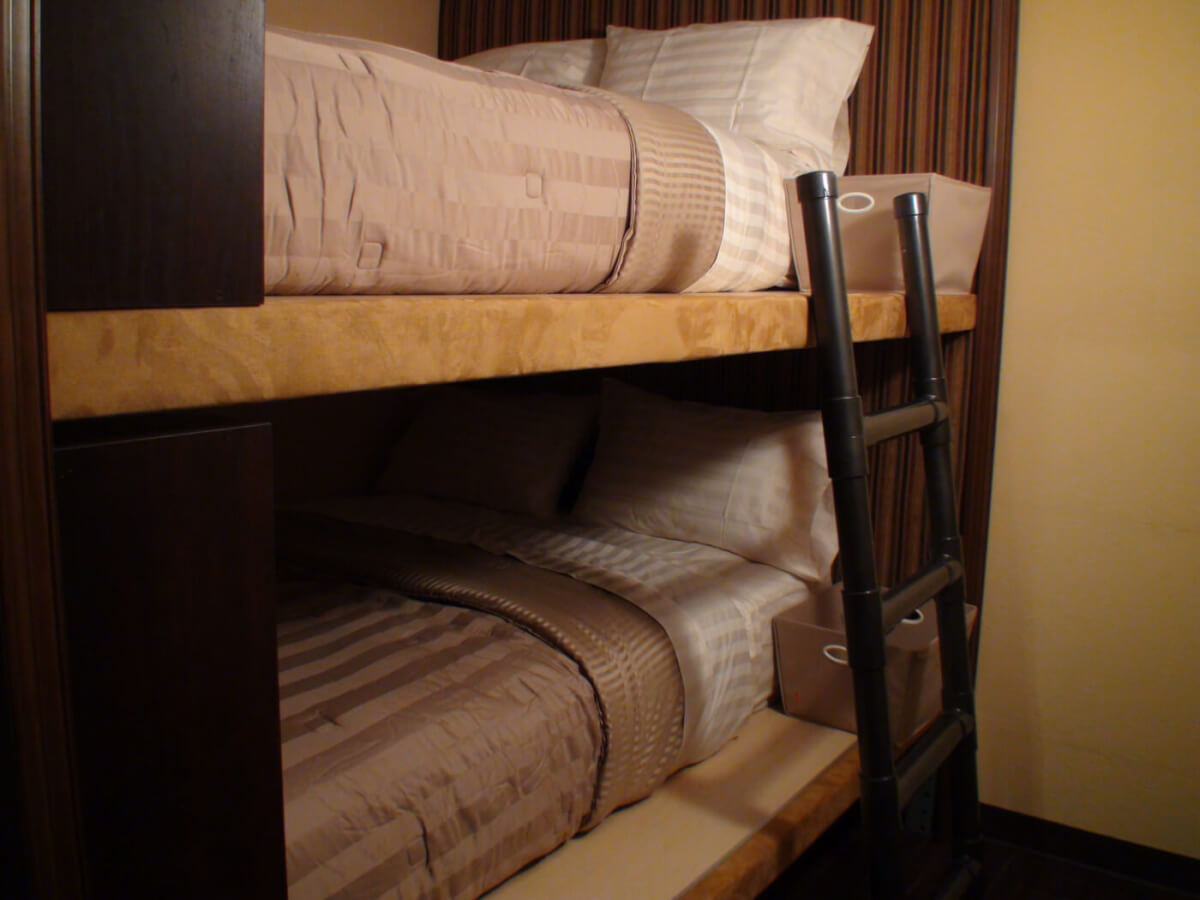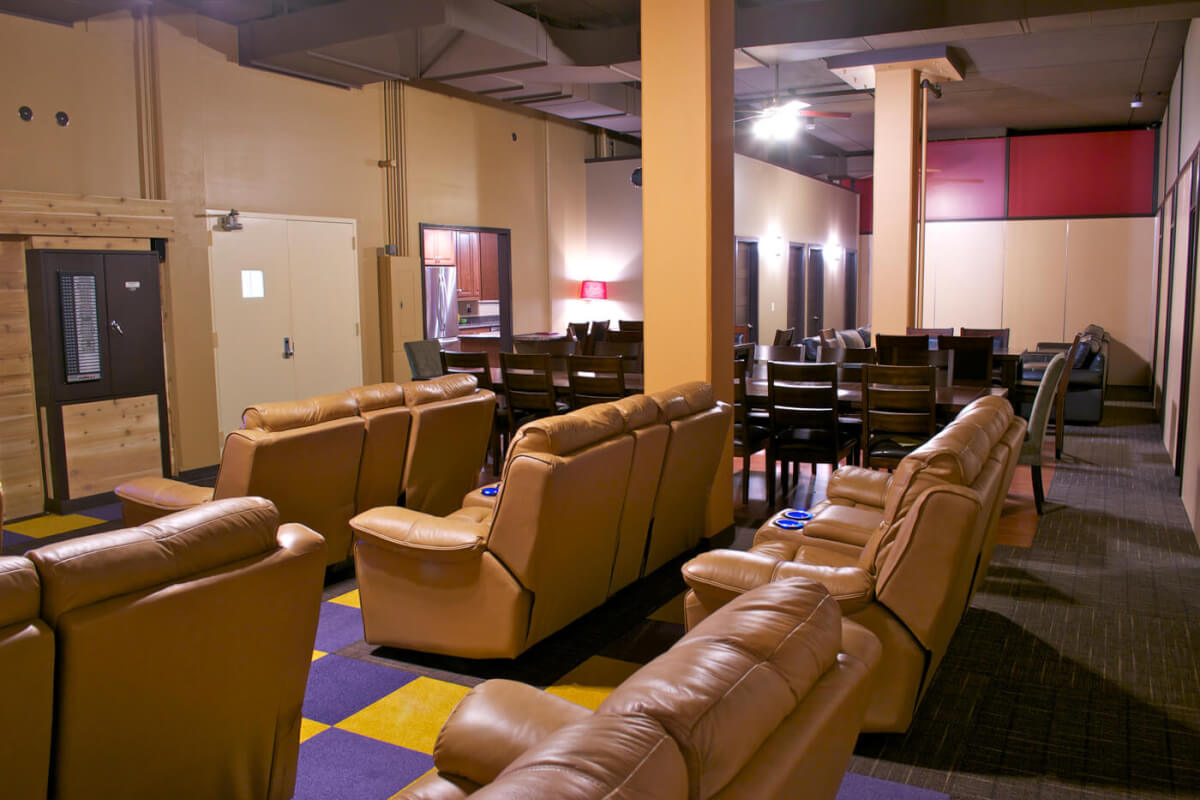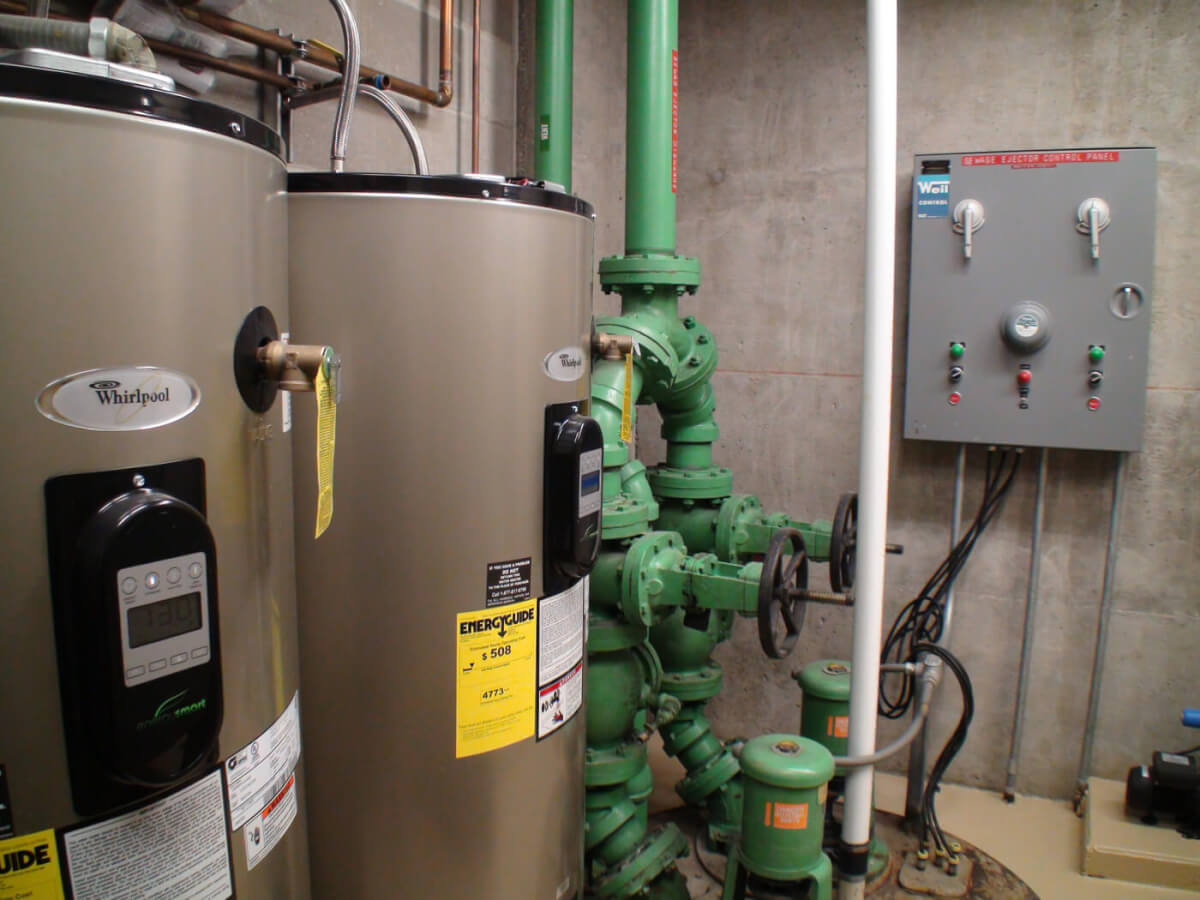Just as many people dream about a second home somewhere nice that they like to go to for vacations or just to get away to, those in the preparedness and survival communities also have plans to “someday” have a second home. However, they are not looking for a vacation home. Rather, they are looking to build or buy a protected structure—a bug-out bunker, if you will—where, firstly, they can be safe from want because they have the resources they need, and secondly, safe from harm brought on by storms and floods, nuclear or chemical attacks, or attacks by people who didn’t have the same foresight they did and now want to take what they have. If you are one of those with preparedness foresight and have a bug-out bunker somewhere on your to-do list, following are the things you need to consider.

move to than your safe and secure underground emergency bunker?
DIFFERENT BUNKERS FOR DIFFERENT NEEDS
Bunkers come in all sizes, shapes and capabilities. The one you pick should be based on what you are worried about. For most people, that will be one of three scenarios:
>Shelter from natural disasters: Storms, floods, fires, solar flares or something else that Mother Nature has up her sleeve has disrupted life as you know it by knocking out utilities or affecting deliveries of essentials such as food and fuel.
>Civil unrest: As with recent events in Baltimore and other cities around the country, the rule of law is being ignored, and people are rioting, looting or attacking each other.
> Nuclear, chemical or biological hazards: Because of a nuclear reactor failure (such as Fukushima) or a toxic fuel spill or gas leak, your normal living accommodations and/or place of work are no longer safe to inhabit due to the toxic environment everyone is facing.

LOCATION
Your bunker does not necessarily have to be far away from where you live and work. Depending on the scenario you are trying to prepare for, you could construct your bunker in the same place. With the addition of the proper shielding, entry door and air filtration systems, a basement family room or an underground storage room in an office complex can be turned into a viable bunker for any of the scenarios mentioned above. It just depends on how discrete you can be in your construction methods.
To have adequate protection from initial and fallout radiation, you should have, at minimum, the level of shielding shown here:
| Material |
Thickness (inches) |
| Lead |
4 |
| Steel |
10 |
| Concrete |
24 |
| Packed Dirt |
36 |
| Water |
72 |
| Wood |
110 |
WHAT TO LOOK FOR IN A BUNKER
A well thought-out design is key to ensuring you have addressed all the issues related to the scenario you are concerned about. For example, sturdy doors are an absolute necessity, regardless of what threat scenario you are preparing for, but blast doors that are absolutely necessary for nuclear hazards are overkill if you are concerned about civil unrest. At the same time, the kind of air filtration system you put in place for a nuclear scenario will be very different from that for less-critical applications. At a minimum, your bunker should have the following areas:
> secure, unobtrusive and defensible entrance;
> sleeping quarters that provide separation for adults and children, and privacy, as much as possible;
> “great room” area where people can gather during the day for meetings, relax or do their chores;
> exercise area—it is important for people to stay fit, both for physical well-being and for mental health and morale;
> kitchen with ventilation and spaces for food preparation and cooking;
> eating area (separate from the kitchen, if possible) that will accommodate the number of people you will have in your bunker;
> utility room with controls for air conditioning and filtration, heating, and water purification and distribution;
> communications systems for monitoring what is going on in the outside world (such as an AM/FM receiver and a shortwave radio) and Family Radio Service (FRS) handheld radios for communicating inside the bunker or with members who are outside of the bunker for perimeter patrols or doing repairs;
> waste material management system;
> multiple sources of power, air intake and waste removal;
> shielding against radiation;
> sanitation area for cleaning dishes and clothing. This area can, and should be, within the bunker so you don’t need to go outside (depending on the threat you are concerned with);
> If you are worried about the need to decontaminate people, equipment or clothing because of an NBC threat, that area should be outside of your living area —preferably before or beside your entrance to avoid contaminating aminating the area where everyone will be living for the next several days or weeks; and
> secure, unobtrusive and defensible emergency exit.

fire and smoke.

require more reinforcing than circular pipes.

DON’T WANT TO DIY? FIND A BUILDER
Regardless of what kind of threat scenario you are preparing for, you should make sure that your builder has the experience and background to both understand and provide what is needed to fully address that scenario. Their skills, knowledge and designs may be up to handling a chemical skill situation but may not be up to the additional challenges that come with a nuclear scenario. Paul Seyfried of Utah Shelter Systems cautioned about not taking things at face value. Door seals or load-bearing structures may look impressive and adequate, but they might not have been tested to the stresses your scenario would subject them to. Having generators in the same space you are living and working in may seem like a good idea for convenience, but a fire or problem with them can contaminate the air you are breathing before you can do anything about it. Therefore, having them in a separate, sealed environment should be a design requirement. Do your research and ask for references from customers and from the industry.


BIG STEP
Buying or constructing a bunker or bug-out retreat is a big step for any prepper. You now have the basics to understand how to decide why you need it, how to find a builder and materials, and what you need to have in your bunker. Do your planning up front before diving into construction; think through every aspect of the design and construction so you don’t make mistakes halfway into the project; and then build the bunker you want and need.
Rising S Bunkers
Ultimate Bunker
Atlas Survival Shelters
Northwest Shelter Systems
Utah Shelters USA
Vivos
Spartan Survival Systems
SETTING UP HOUSE
You have bought, built or cobbled together the building you will live in if you are forced to bug out due to economic problems, natural disaster or civil unrest. Now, you are faced with the challenge of how to stock it with what you and your family will need to keep body and soul together for at least a month. What do you need to stockpile there ahead of time, what should you bring with you, and how much of each thing do you need?
CONSUMABLES
Food: Probably the most important decision you will make, in terms of what to stock in your bunker, will be the food you will keep there. Changing dietary habits, such as going from eating fresh and canned foods to a diet of freeze-dried or dehydrated foods, can cause digestive problems in both young and old. Variety is also important to keep in mind, so don’t plan on eating the same menu every day or every week. Without food that people will enjoy eating, and without the energy and sense of well-being that come with being well fed, the morale of even the most hard-core survivalist can take a nosedive.
You can keep your food familiar and palatable and still count on a long shelf life by focusing on canned foods and staying away from things that need to be frozen or reconstituted (you won’t want to pay an electric bill to keep a refrigerator running).
Water: Stock enough drinkable water in individual bottles or gallon or larger containers to have one gallon of water per person per day for drinking and cooking. Liter or quart containers are useful with drinking water, because it is easy to keep track of whether you have had your three bottles per day. Another half-gallon per person per day for personal washing or laundry should also be stored.
Energy/fuel: A look at what you use for heating, cooking, communications and lighting will tell you what kind of energy source you will need. Stockpile batteries for every device that needs them in the size they use. A trick that backpackers use to simplify their lives is to try and pick devices that use the same kind of battery; this way, you only need to stockpile one or two sizes of battery instead of six or more. Having a number of automotive or marine batteries on hand, along with a power inverter, will provide you with a useful backup power supply should your primary go down. The prudent person will have a mixture of energy sources, especially if you don’t want someone to know where you are. So, augment your battery or gas energy sources with solar, wind and waterpower systems, as well.
Sanitation: To keep things clean, keep on hand laundry and dishwashing detergent, paper towels, toilet paper, hand soap, hand sanitizer and cleaning tools such as plastic scrubbing pads. Keep the same amounts that you normally use at home for the month. To take care of human waste, you will need to purchase a chemical and composting toilet, because you may not be able to (or want to) go outside of the bunker. Make sure you have room to store whatever containers your toilet uses once they are filled.
A basic toolkit for your home away from home should include a mix of hand tools and power tools that cross the spectrum of carpentry, plumbing and electrical.
> multi-tool
> claw hammer
> screwdriver set
> torx and hex wrench sets
> power screwdriver
> power drill
> power saw
> battery charger for power tools
> saw for cutting wood and lumber
> saw for cutting pipes (metal and PVC)
> socket wrench set in metric and non-metric sizes
> level—torpedo and 3-foot-long
> T-square
> measuring tape
> carpenter’s pencils
> pliers—needle-nosed and flat-nosed
> pipe wrench
> combination wrench set
> adjustable wrenches
> a variety of wood and metal files
> flashlight, headlamp and handheld
> plumber’s snake
> toilet plunger
NON-CONSUMABLES
Kitchen gear: A full set of pots and pans is the first thing you will need in your bunker kitchen. Don’t think you can get away with just one of each. If you have a multi-burner stove and maybe an oven—which you should—you will be using more than one pot and pan to make meals for your family and yourself. Follow that with at least one of each utensil you use at home: ladles, spatulas, knives, spoons for stirring and serving, and a cutting board. And, of course, a manual can opener so you can get to the food you are going to prepare. A colander is also a useful item to include in your kitchen, as well as plastic containers for leftovers and other food you will want to store in your refrigerator once you get to your bunker. Tools and maintenance gear: Because you are in your bunker for whatever reason, you can’t depend on your local handyman to come and fix anything that breaks. You must have both the skills and the tools to address any problems that arise from a clogged drain, a short in the wiring, replacing stairs or cabinets or metal-working. The sidebars provided here give a list of basic tools you should consider, along with combination power tool packages you might want to pick up at your local home-improvement store. All of this should be kept at your bunker, because you might not have time to pick it up from home; nor will you want to waste space in your vehicles to carry it there.

Home and self-defense: If defending your bug-out location is part of your plan, you will want to have on hand some combination of long guns (rifles and shotguns), handguns and non-lethal weapons. In addition, you will also want the equipment needed to maintain them and, of course, plenty of ammunition for each one.
First aid: When planning for your first aid supplies, you need to think about three general categories: basic first aid needs, medicines and drugs, and trauma needs. Basic first aid needs will include things to handle cuts and abrasions, heat and cold-related injuries and some first aid scissors. Medicines and drugs will include stockpiles of prescription drugs you and your family need, as well as over-the-counter medications for allergy, pain, and bowel and stomach distress. Make sure to rotate these out on a regular basis so your stocks have not gone past their use-by dates. Trauma-related supplies—the part of your planning most people forget—include materials to handle broken bones, arterial bleeding, chest wounds and other breathing problems, as well as poisoning. Trauma kits with the right mix of materials are available from a number of vendors on the Internet.

Communications: Although it isn’t something you will need to operate your bunker, you will need some kind of communication capability. Handheld Family Radio Service (FRS) radios will provide short-range communications with the people in your group if they are outside of the bunker. These typically have a range of 20 to 30 miles, but they are FM, or line-of-sight, devices. As a result, they can be blocked or limited by buildings, land masses or even forests. They have multiple channels that you can use but no encryption. You will also want to be able to hear what it going on with the outside world, and, if you choose, to communicate with them. For that, you will want to have either a shortwave radio or the handheld VHF radios that are used on boats and other pleasure craft. With these, you will be able to monitor news and weather reports.

HOW MUCH IS ENOUGH?
Determining how much you need to stockpile for each category will depend on you, your family and what you are used to. Having the right frame of mind and good morale are often overlooked aspects of bug-out living, so plan to make things as much like they are at home as possible.
Some general guidelines for food:
• 1 to 2 gallons of water per person per day for drinking, cooking and sanitation. Include extra water in the event of emergencies or if you have to stay longer.
• Follow the serving sizes on cans of vegetables and grains; one can of vegetables has two servings in it, so plan on two cans per lunch and dinner for a family of four.
• A spreadsheet showing what you plan to store will help you calculate how much of each one you need for different numbers of people and different numbers of days.
Some general guidelines for fuel:
• Test your equipment at home to see how much fuel you use for the average breakfast, lunch and dinner. Then, calculate how many fuel canisters you will need for your expected stay.
• Use clothing to adapt to the temperature in your bunker rather than constantly running heating or air conditioning.
• Keep a 25 to 50 percent overage of fuel so you will have enough in the event of a problem, leakage or if you have to stay longer than expected.

DOUBLE UP
The key thing to remember is that you should have everything you need in your regular home plus what emergency services would provide for you already in place in your bunker. You can’t depend on bringing anything with you, because you might not be able to get to your home before you have to head for your bunker. Make sure everything will be able to stand on its own without access to public utilities. Similarly, make sure that anything you were used to at home, such as your normal laundry detergent or brand of toilet paper, is also at the bunker in order to provide a seamless transition.
Editor’s note: A version of this article first appeared in the November 2015 issue of American Survival Guide.


